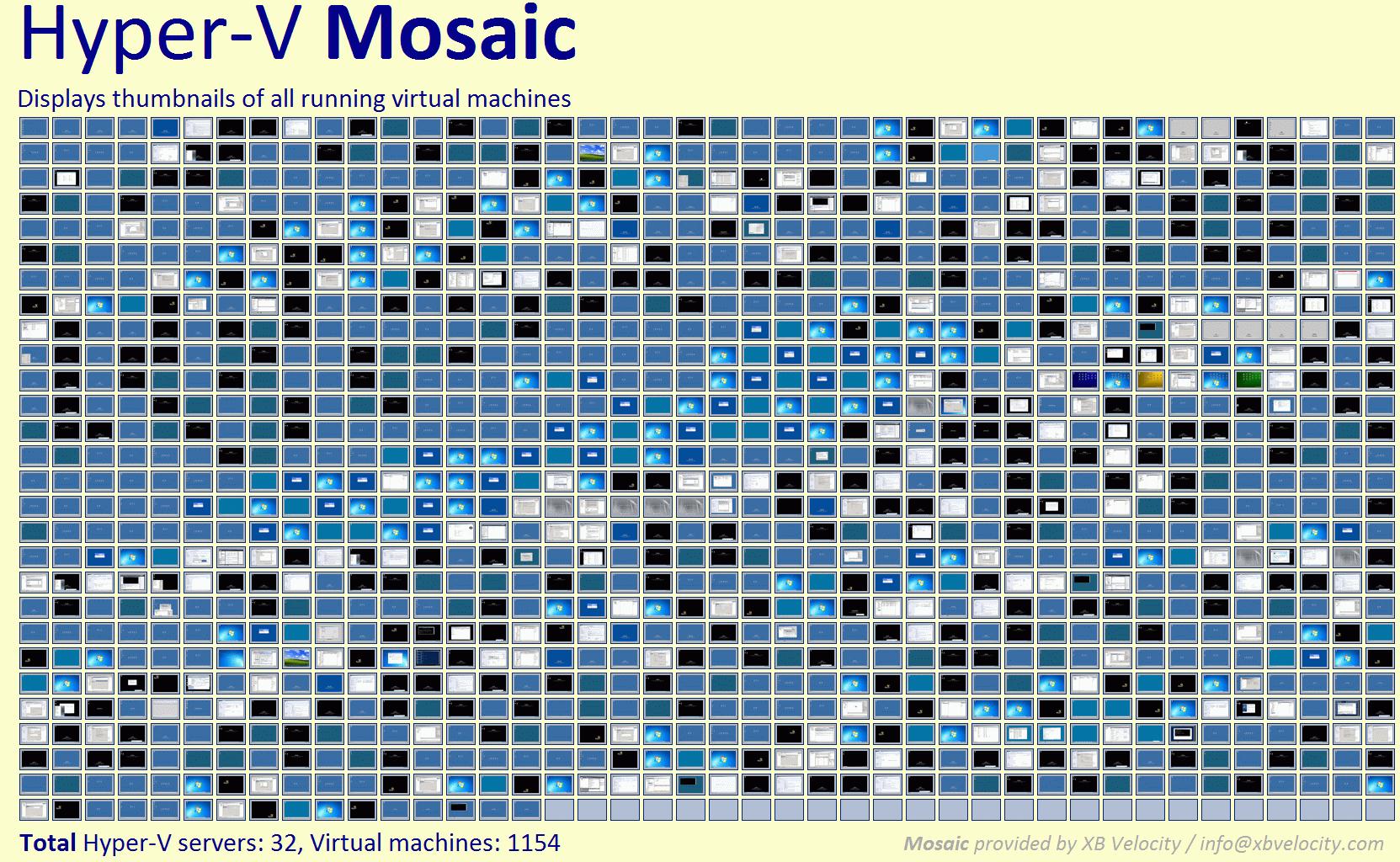Hyper-V: Real world consolidation and optimisation
The Microsoft Management summit 2011 was held in March of this year. Putting aside all of the product news, the event provided a practical example of how Hyper-V can help optimise IT environments. Not only that, the process has been refined to further reduce the overall footprint. At the MMS event there are hundreds of demos and labs. Traditionally this required a lot of infrastructure (about 1200 VM's!). Have a look at the initial savings below.
Between the 2009 and 2010 event the savings were as follows:
Power reduction of 13.9x on the servers:
- MMS 2009: 570 servers * 200 watts per server = 114,000 watts
- MMS 2010: 41 servers * 200 watts per server = 8,200 watts
Power reduction of 6.3x on the clients:
- MMS 2009: Rich clients: 650 clients * 120 watts per client = 78,000 watts
- MMS 2010: Thin clients: 650 clients * 19 watts per client = 12,350 watts
This is a great example of the initial savings when you go from physical to virtual/Rich client to thin client. However, virtualisation is not a one step process. Like any service, you should strive to improve upon it. And thats exactly what the MMS 2011 team did. Using the dynamic memory capability from Windows Server 2008 R2 SP1, they were able to reduce the total memory requirement by 1TB! Yes, thats 1TB of memory reducation with a cost saving of about €80,000.
Check out the full article at the Windows Virtualisation Team blog : https://blogs.technet.com/b/virtualization/archive/2011/03/29/mms-2011-labs-powered-by-hyper-v-system-center-amp-hp.aspx
HP produced an awesome video on the MMS 2011 Labs power by Hyper-V, System Center and HP. It is located here: https://www.mms-2011.com/p/mms2011/resources/Microsoft-HP-MMS-Flex.wmv
